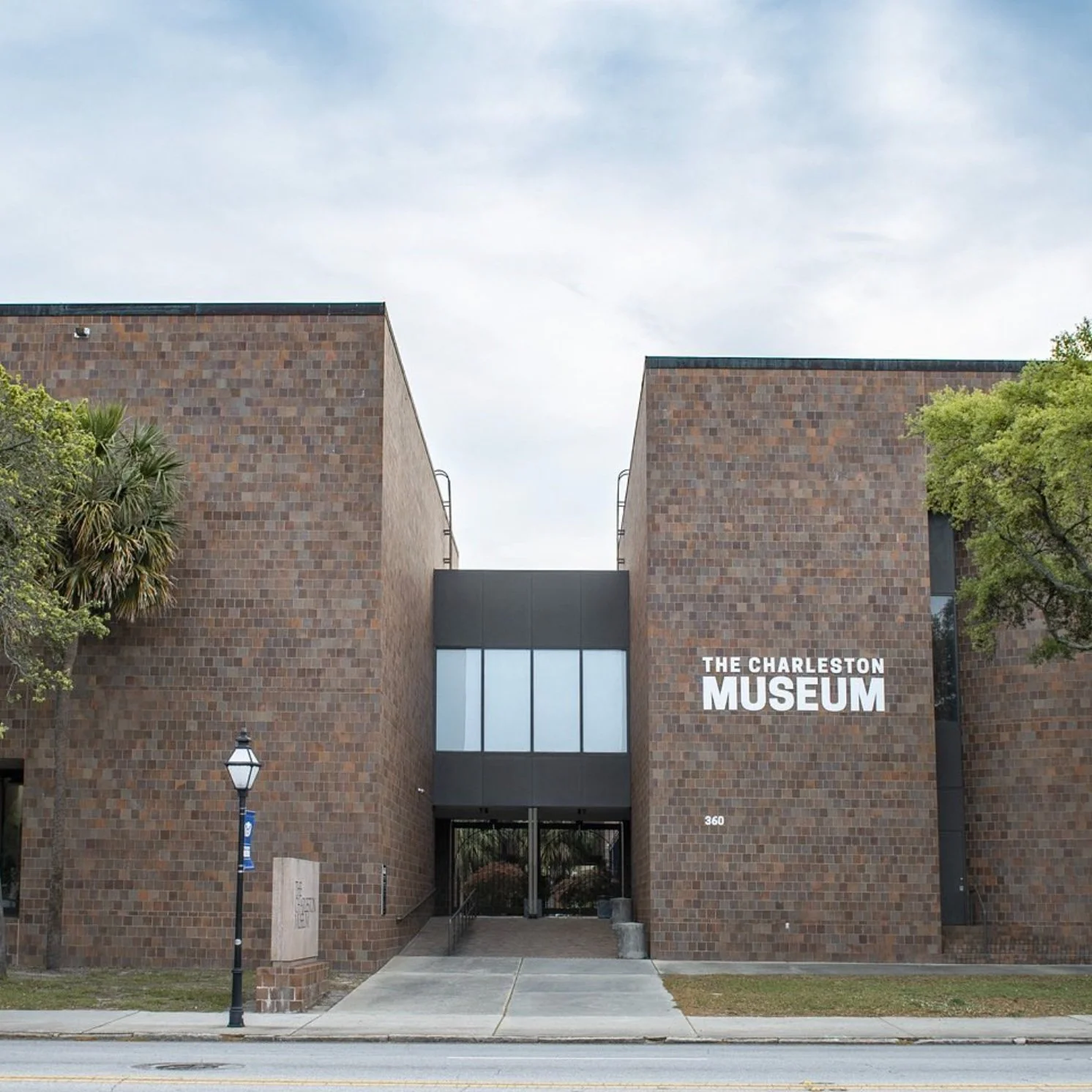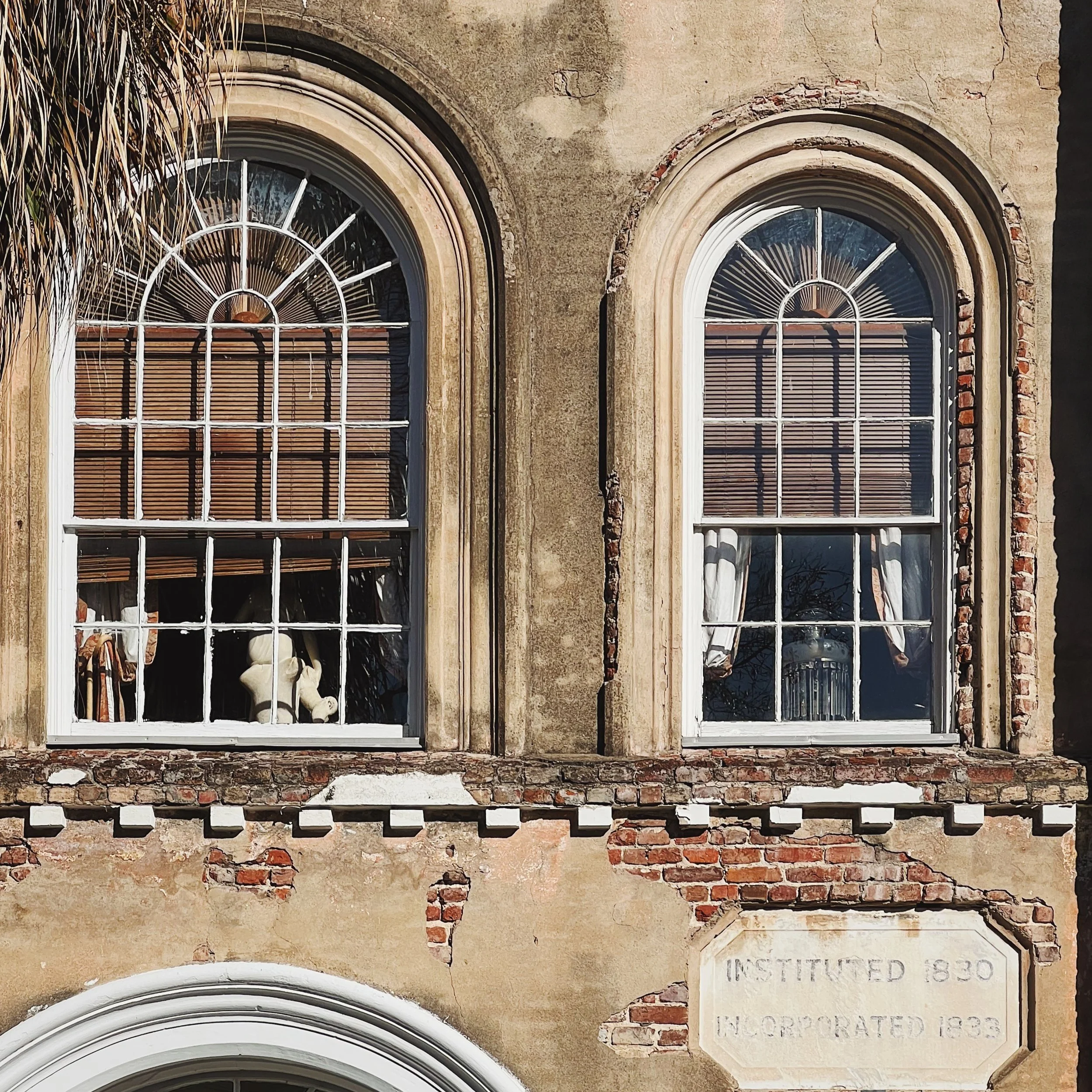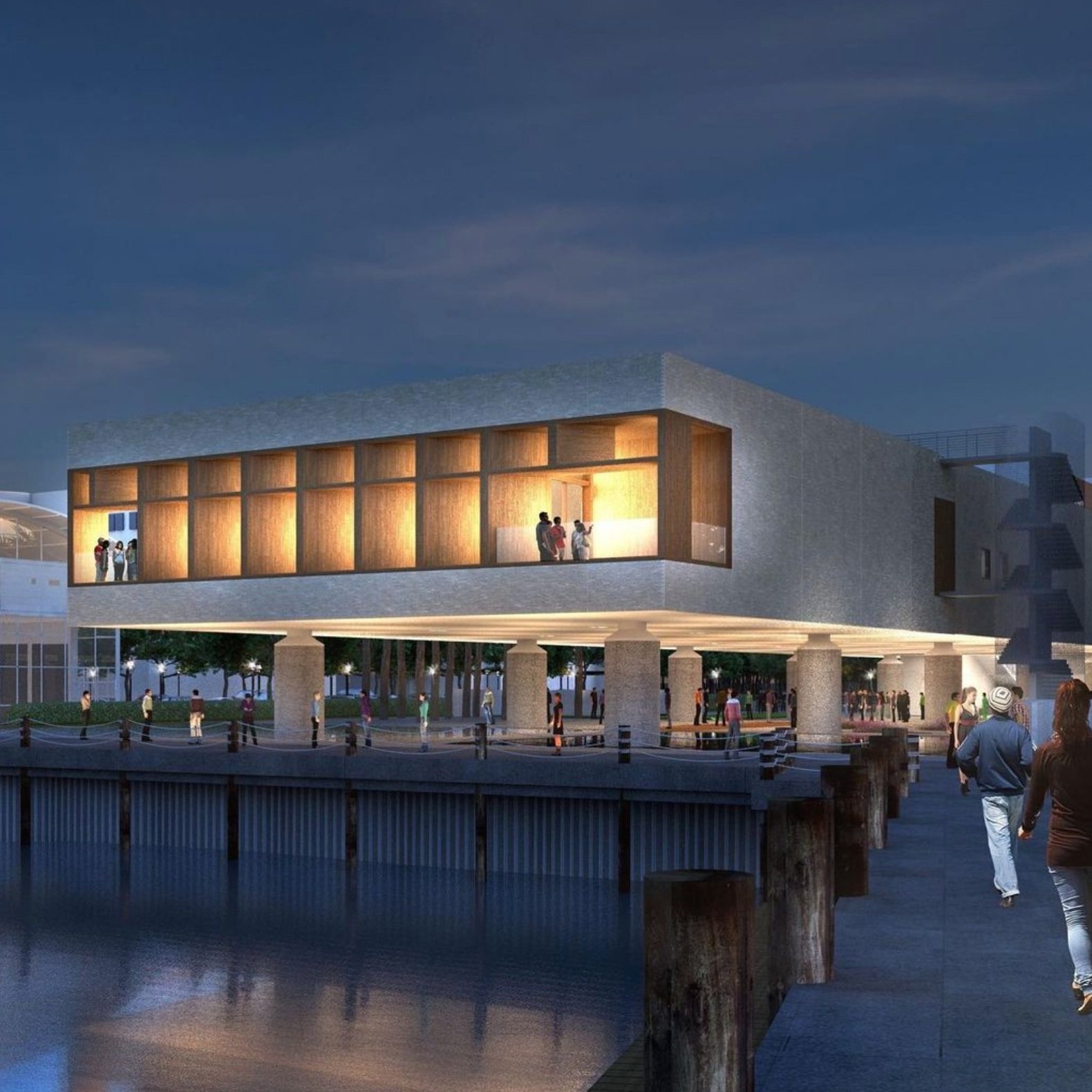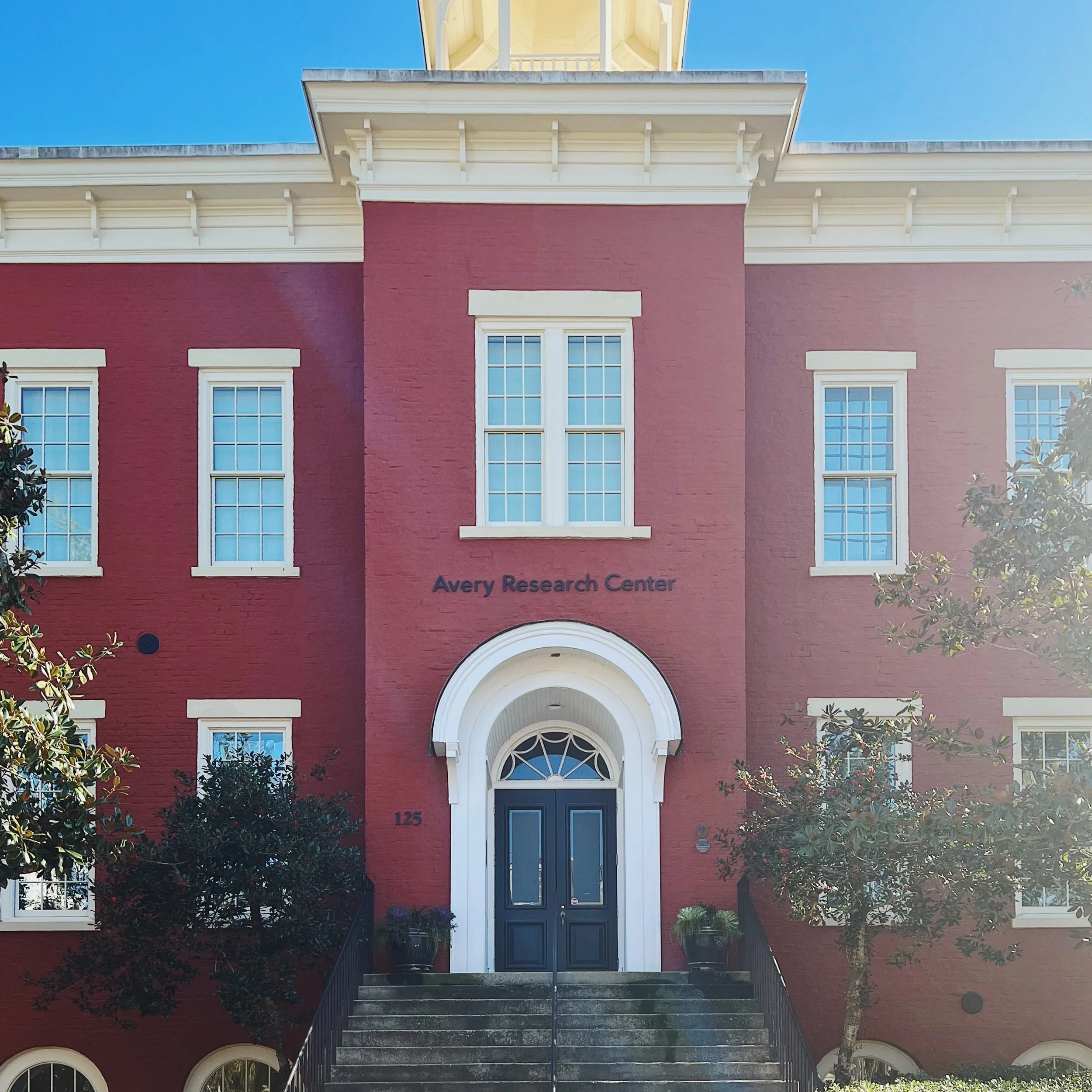Charleston Museums
photo by @charlestonmuseum on Instagram
The Charleston Museum
Founded in 1773, the Charleston Museum is the oldest museum in America and is celebrating their 250th anniversary in 2023. It was a spin-off of the venerable Charleston Library Society, and houses incredibly varied collections from the city’s history. Here you will find natural collections including a full whale skeleton, artifacts from the indigenous people of the lowcountry, magnificent silver collections, historic clothing, local business history, and even Egyptian mummies. Set aside a few hours to explore their extensive collections! They also operate the Joseph Manigault house museum, located next door, and the Heyward Washington house, which we pass on many Walk & Talk tour routes.
photo by @anzlo on Instagram
The Gibbes Museum of Art
Charleston packs a punch well above its weight class in terms of dining, arts, and culture and the Gibbes Museum of Art is the perfect example! The collection boasts a John Singer Sargent, very fine examples of early American furniture and portraiture, as well as work from the prolific Charleston Renaissance period. In addition to all that they have works from lowcountry native Jasper Johns, stunning sweetgrass baskets, and work from Gullah folk artist Jonathan Green. The Beaux-Arts architecture alone makes it a must see, but we also love to see the traveling exhibits and garden space.
photo by @young_preservationist on Instagram
The South Carolina Historical Society
Located in the Fireproof Building, the SCHS looks upon the most beautiful Live Oak Canopied park in Charleston. The building was designed by Charlestonian architect Robert Mills, who studied at the College of Charleston and is considered the first American-born, professionally trained architect. He was a protege of Thomas Jefferson's, and his resume includes the Washington Monument, the Treasury building in the capital, First Baptist Church in Charleston, as well as many historic courthouses. The archives of the Historical Society have been relocated to the College of Charleston Library System, which means this building is now open to the public and offers excellent exhibits. We are stunned by the masonry, oval, cantilevered staircases that have no visible support dating to the 1820s—built long before CAD and primarily with enslaved labor. The exhibits offer a look into the agricultural history of South Carolina and some of the incredible documents in their collection, like a handwritten letter from George Washington.
photo by @anzlo on Instagram
Old Slave Mart Museum
A small but mighty space for deep reflection on the most shameful part of Charleston's history. This is the oldest museum in the country dedicated specifically to the study of slavery. It is operated by the City of Charleston and their interpretations center South Carolina, and specifically Charleston, to the global Slave Trade. It is estimated that 40-60% of all enslaved people who were brought to North America came through the port of Charleston. It is an incredibly significant part of the city's history, the country's legacy, the history of transatlantic trade, and the African diaspora.
photo by @moodynolandesign on Instagram
International African American Museum
Slated to open in 2023! This has been a more than 20-year-long project in the city, initially spearheaded by our visionary former mayor, Joe Riley. When they were preparing the land for the new building, they found evidence of Gadsden's Wharf, which is the exact site where a significant portion of the International Slave Trade was conducted. It is a unique opportunity to tell the story right where history was made. The museum tapped Walter Hood, a recipient of the Macarthur Genius Grant, to design and reimagine the historic landscape. We look forward to learning from the new resources the museum will offer our community.
photo by @explorecml on Instagram
Children’s Museum of the Lowcountry
For the next generation of history and science lovers, check out the Children’s Museum of the Lowcountry. This non-profit provides an interactive space for kids to learn through play, featuring an art room, garden, toddler play scape, pirate ship, a play grocery store, and the Boeing Brightlab. Enjoy free admission on select Fridays, as well as other programs, such as summer camps, throughout the year.
photo by @walkandtalkchs on Instagram
The Old Exchange and Provost Dungeon
So much history! The Old Exchange is one of the most significant colonial buildings still standing in the United States, and is the last built with money from the Crown. As an exchange, it is where a lot of trade and the paying of taxes and customs would take place, so it is where the Charleston Tea Parties were held—the first of which was days before the more famous Boston Tea Party (check out our blog post for more info!) It is where The Declaration of Independence was first read in public in South Carolina. Later, the Brits held it during their occupation of Charleston from 1780-1782 during the Revolution, and imprisoned Patriot prisoners of war in the basement dungeon. After the war, it is where South Carolina ratified the Constitution and entertained George Washington during his visit in 1791. One of the themes we discuss on the tours is adaptive reuse, and this building sets a fine example, as it has also been used as the City Hall, a post office, and now a museum operated by the Daughters of the Revolution.
photo by @twistedsponsor on Instagram
Philip Simmons Foundation, Inc
This home was listed on the most endangered places list in 2010, and money was raised to preserve this important piece of Charleston history. Philip Simmons was a renowned blacksmith known for intensely tight, hand-wrought iron curls. It has been said that there is not a paint brush in Charleston small enough to keep the paint out of one of his curls. His gates are often identified by the heart motif he consistently incorporated into his designs. Philip Simmons gates are found in the hundreds around the city, but his favorite is featured in the Smithsonian—certainly one of Charleston's national treasures! The home and workshop of Philip Simmons is now a museum. His anvil, however, can be found at the Avery Research Center. Mr. Simmons' nephew is still working as a blacksmith, and has created a piece for the new international African American Museum.
photo by @anzlo on Instagram
Avery Research Center
Where to start? The building was constructed for the Avery Normal School, one of the best secondary schools for African Americans in the country from the Civil War to integration. Many of our illustrious Civil Rights leaders were educated here. It almost met the wrecking ball, but was saved by Lucille Whipper, a former student, working with a group from the College of Charleston. Lucille and members of her graduating class sought to integrate the college in 1944. She and others applied to the college without checking the box for race, simply leaving the space blank. She and several others were admitted, and then ultimately denied, because of their race. She went on to eventually serve as the College’s first African American administrator and worked to develop its affirmative action plan. Later, she organized the Avery Institute of Afro-American History and Culture committee with the support of the college’s president and members of the county delegation. The committee went on to found the Avery Research Center for African American History and Culture in 1990. The museum collection includes shackles from the period of enslavement, and powerful narratives of enslaved people. You’ll find artwork of acclaimed alumni such as Edwin Harleston among works from current students. The archives are so valuable as they collect and preserve papers and artifacts that in some cases had been turned down by other institutions because of discrimination.









